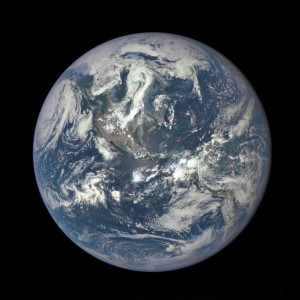There is a growing body of evidence that indicates that university lecture style of “teaching” is biased against minorities, low-income students, first-generation university students, and women. Who does it seem to work well for? White, affluent men. But there is hope! It turns out that “active-learning” styles of instruction actually reduces the gap substantially. What is “active-learning”? Something that sounds a lot like what we do in our high school science classes. If you would like to read the full nytimes article click here.
Education
Innovation – Saving the Planet Among Other Things…
Young student innovators and entrepreneurs who are developing socially or environmentally responsible businesses or non-profits are being supported by a venture capital style non-profit organization called The Resolution Project. Six Foods, a company started by a couple of college student sells environmentally sustainable snack chips made from crickets. Others have developed tiered gardens for helping African farmers grow vegetables. Another new start-up helps disadvantaged students create successful applications for scholarships. Social benefits, mentorship, and innovation – can we do something like this with high school students?! To read the nytimes article, click here.
Football to the Head!
Here is one of the more effective ways to introduce Newton’s Third Law and the Conservation of Momentum in physics class. There is a lot of physics in these frames. But sometimes, as a science teacher, I feel that I can relate to the subject of this video. Enjoy!
Finite Earth 2015
The last full photo of Earth was taken by the Apollo 17 mission over four decades ago in 1972. Nasa recently released a new photo of Earth taken from a million miles away by the Deep Space Climate Observatory (DSCOVR) satellite. The Earth seems small from up there. Our home is finite.
Oliver Sacks – Science as He Dies
Oliver Sacks is a neurologist and the author of Awakenings, which was made into a movie starring Robin Williams and Robert De Niro. His essay on the last months of his life and how science has been, at times, a source of comfort is poignant, wistful, and yet still somehow uplifting. I highly recommend that you give it a read.



